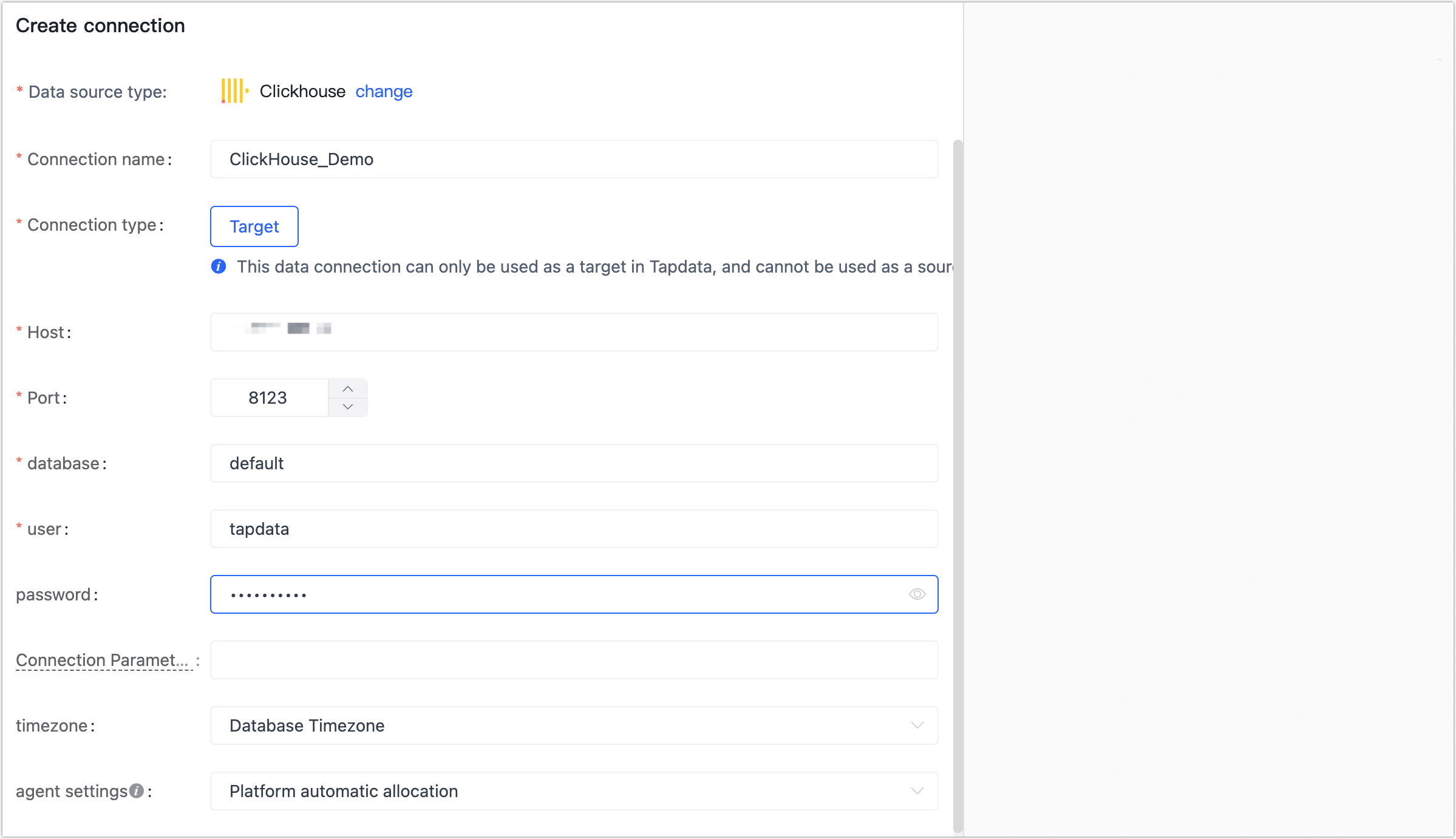Elasticsearch and ClickHouse are robust solutions for data management. While Elasticsearch is renowned for its full-text search and analytics capabilities, the ClickHouse database stands out for its rapid query processing and storage efficiency. Many businesses choose to migrate from Elasticsearch to ClickHouse to boost performance and cut costs. This migration can result in a 50% reduction in storage space and accommodate a 4x increase in data volume. The shift from Elasticsearch to ClickHouse replication facilitates around 15 million queries daily, highlighting substantial scalability enhancements.
Understanding the Need for Migration
Limitations of Elasticsearch
Performance issues
Elasticsearch often struggles with performance when dealing with large datasets. The architecture of Elasticsearch, which relies heavily on inverted indices, can lead to slower query times as data volume increases. This becomes particularly evident in scenarios requiring complex aggregation queries. ClickHouse, with its columnar storage model, excels in running aggregation queries over large data volumes, significantly outperforming Elasticsearch. Businesses seeking faster query processing times find that migrating from Elasticsearch to ClickHouse offers a substantial improvement.
Cost implications
The cost structure of Elasticsearch can become burdensome for businesses handling extensive data operations. Elasticsearch requires significant resources for storage and processing, leading to increased operational costs. ClickHouse provides a more cost-effective solution due to its efficient data storage capabilities. By utilizing high compression rates and optimized architecture, ClickHouse reduces storage requirements, resulting in lower costs. Companies migrating from Elasticsearch to ClickHouse often experience a reduction in storage expenses while benefiting from enhanced performance.
Advantages of ClickHouse
Speed and efficiency
The ClickHouse database is renowned for its speed and efficiency, particularly in analytical workloads. ClickHouse's high-performance columnar database architecture allows for direct disk writing, bypassing traditional redo logs. This results in simple and direct data writes, contributing to exceptional speed. The ClickHouse model sorts data using an
ORDER BY key, constructing a sparse index for fast filtering. This architecture enables ClickHouse to deliver sub-second latency for aggregating large datasets, making it an ideal choice for businesses transitioning from Elasticsearch to ClickHouse.Cost-effectiveness
Cost-effectiveness remains a significant advantage of the ClickHouse database. The efficient storage usage due to high compression rates minimizes storage needs, reducing overall costs. The migration from Elasticsearch to ClickHouse replication can handle millions of queries daily without incurring excessive expenses. Businesses benefit from the scalability of ClickHouse, accommodating increased data volumes without proportional cost increases. The transition from Elasticsearch to ClickHouse not only enhances performance but also aligns with budgetary constraints.
Preparing for Migration
Assessing Current Infrastructure
Data volume and complexity
Businesses must evaluate the data volume and complexity before migration. Large datasets require careful planning to ensure a smooth transition. Complex data structures may need additional transformation steps. A comprehensive assessment helps in identifying potential challenges. This evaluation aids in selecting appropriate tools and techniques for migration.
Resource availability
Resource availability plays a crucial role in migration success. Organizations need to assess their existing infrastructure capabilities. Adequate hardware and software resources are essential for handling data extraction and transformation. Skilled personnel must be available to manage the migration process. Proper resource allocation minimizes disruptions during migration.
Planning the Migration Process
Timeline and milestones
A well-defined timeline ensures an organized migration process. Businesses should establish clear milestones to track progress. Each phase of the migration should have specific goals. Regular reviews help in maintaining the schedule. Timely completion of each milestone keeps the project on track.
Risk assessment and mitigation
Risk assessment identifies potential obstacles in the migration process. Organizations must analyze risks related to data loss or corruption. Developing a mitigation plan reduces the impact of identified risks. Contingency measures ensure business continuity during unforeseen events. Effective risk management contributes to a successful migration outcome.
Migration Testing Importance: Migration testing plays a vital role in ensuring application functionality and performance post-migration. Various types of migration testing validate the success of the migration process.Pre-Migration Monitoring: Pre-migration monitoring provides valuable data for platform optimization. A data-driven approach evaluates migration success and informs future improvements.
Migration Process
Data Extraction from Elasticsearch
Tools and techniques
Data extraction from Elasticsearch requires specialized tools. These tools facilitate efficient data transfer to the ClickHouse database. ETL and ELT tools play a crucial role in this process. They extract data from Elasticsearch and prepare it for transformation. TapData, along with other tools like Kibana and Logstash, extracts data from Elasticsearch and prepares it for transformation. These tools ensure compatibility during data transfer and handle complex data structures with ease. Efficient extraction, enabled by these tools, minimizes data loss and ensures data integrity.
Handling large datasets
Large datasets present unique challenges during migration. Proper handling of these datasets is essential. Data Storage Optimization Techniques can reduce data size. Techniques such as compression and partitioning improve access speed. Indexing and caching enhance performance. These techniques ensure smooth data transfer to ClickHouse. Large datasets require careful planning and execution.
Data Transformation and Loading into ClickHouse
How to connect to ClickHouse with TapData
Precautions
If binary-related fields are included, you need to remove them via field mapping for data synchronization/development.
Preparations
-
Adjust the configuration file user.xml, enable access control and restart the service. For more information, see Enable Access Control.
-
Log in to the ClickHouse database and execute the following commands to create an account for data synchronization/development tasks.
CREATE USER username HOST 'host' IDENTIFIED WITH protection BY 'password';
Example: Create an account named tapdata , using the sha256_password protection mechanism, allowing it to log in from any host.
CREATE USER tapdata HOST ANY IDENTIFIED WITH sha256_password BY 'Tap@123456';
-
To grant permissions to the account you have just created, it is advisable to implement more granular permission controls based on your business needs. For detailed instructions on authorization syntax and further information, see authorization syntax.
GRANT SELECT, INSERT, CREATE TABLE, ALTER TABLE, ALTER UPDATE, DROP TABLE, TRUNCATE ON database_name.* TO username
Connect to ClickHouse
-
In the left navigation panel, click Connections.
-
On the right side of the page, click Create connection.
-
In the pop-up dialog, select ClickHouse.
-
Complete the data source configuration according to the following instructions.

-
Click Connection Test, and when passed, click Save.
Data mapping and schema design
Data transformation involves mapping data to the ClickHouse database schema. Schema Inference and Data Ingestion capabilities simplify this task. ClickHouse supports semi-structured data using JSON Object types. Automatic schema inference reduces manual effort. Proper schema design ensures efficient data storage. Accurate mapping maintains data consistency across systems.
Ensuring data integrity
Ensuring data integrity is critical during migration. Code Converter and Migration Tools assist in this process. These tools handle syntax transformations and data type conversions. Proper data validation checks prevent errors. Continuous monitoring ensures data accuracy. Businesses achieve seamless Elasticsearch to ClickHouse replication with these tools. Data integrity guarantees reliable analytics and reporting.
Post-Migration Considerations
Testing and Validation
Performance benchmarking
Performance benchmarking remains crucial after migrating from Elasticsearch to ClickHouse. Businesses must measure the performance of the ClickHouse database against predefined benchmarks. This process involves evaluating query execution times, resource utilization, and throughput. Performance metrics help identify areas for improvement. Organizations can optimize configurations to achieve desired performance levels.
Data accuracy checks
Data accuracy checks ensure the integrity of data transferred during migration. Businesses should conduct thorough validation processes. These checks involve comparing data in the ClickHouse database with the original data in Elasticsearch. Discrepancies must be addressed promptly. Accurate data ensures reliable analytics and reporting. Data consistency boosts confidence in the migration outcome.
Monitoring and Optimization
Continuous performance monitoring
Continuous performance monitoring is essential for maintaining optimal operations post-migration. Businesses should implement monitoring tools to track system performance. Key Performance Indicators (KPIs) such as query response times and resource usage provide valuable insights. Regular monitoring helps detect anomalies and prevent potential issues. Proactive measures ensure smooth operations and enhance user experience.
Future-proofing the system
Future-proofing the system involves aligning resources with organizational goals. Businesses should focus on configuration and cost management. Leveraging cloud-native tools enhances scalability and efficiency. Regular updates and optimizations ensure the system adapts to changing demands. A robust disaster recovery plan safeguards against data loss. Future-proofing maximizes the return on investment in the ClickHouse database.
The migration from Elasticsearch to ClickHouse offers numerous benefits. Businesses experience enhanced performance and reduced costs. ClickHouse provides faster query processing and efficient storage solutions. Organizations should consider this migration for improved data management. The transition ensures scalability and future-proofing of data systems. Professional vendors can facilitate a smoother migration process. Accurate data migration enhances analytics and reporting capabilities. The future of data management lies in adopting advanced technologies like ClickHouse. Businesses gain a competitive edge by leveraging these innovations.
Ready to Supercharge Your Data Migration with TapData?
Migrating from Elasticsearch to ClickHouse can be a complex process, but with TapData, you can streamline every step—from data extraction to real-time synchronization. Our powerful ETL platform ensures seamless integration, efficient data handling, and enhanced performance, all while reducing costs.
TapData's intuitive interface and robust features are designed to make your migration smooth and successful. Whether you're handling large datasets or intricate data transformations, TapData has you covered.
Start Your Free Trial Today! Explore how TapData can simplify your migration and boost your data management capabilities. Sign up now and take the first step toward unlocking the full potential of ClickHouse.


